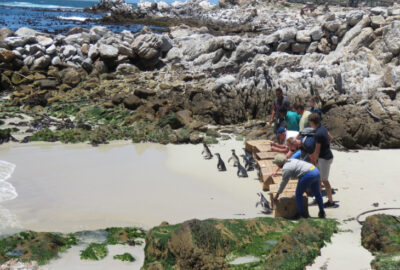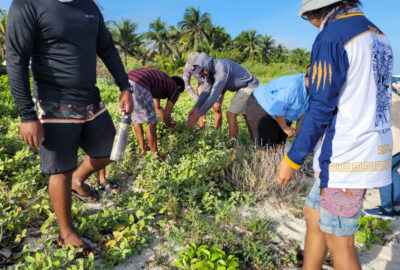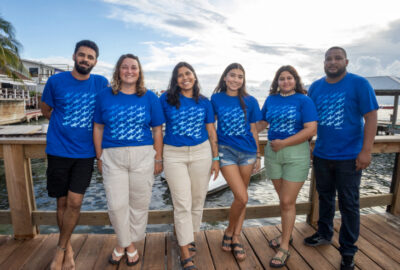Please note: We strongly recommend purchasing tickets online in advance during the heat wave, as our ticket booth is located outdoors.
Conservation of the Gentle Giants and Apex Predators of the Placencia Lagoon, Belize
By New England Aquarium on Friday, December 04, 2020

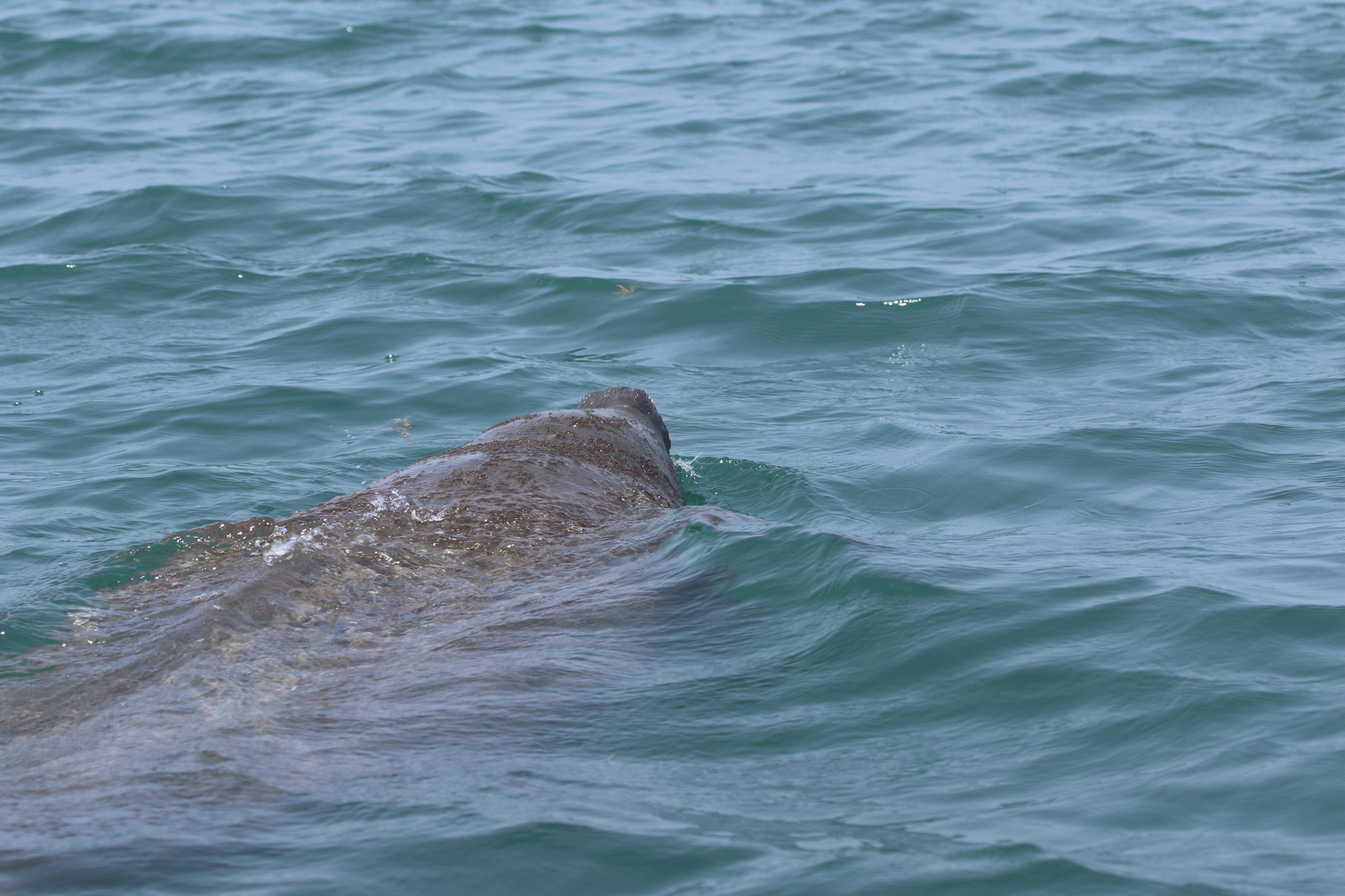
This post is one of a series on projects supported by the New England Aquarium’s Marine Conservation Action Fund (MCAF). Through MCAF, the Aquarium supports researchers, conservationists, and grassroots organizations around the world as they work to address the most challenging problems facing the ocean.
MCAF Grantee Dr. Marisa Tellez, Executive Director and Co-founder of the Crocodile Research Coalition (CRC) leads a Belize-based non-profit along the Placencia Lagoon in the southern part of Belize. Dr. Tellez and her team work alongside local communities and partners to pursue conservation efforts through research of the American Crocodile in their environment and other critical species sharing this unique habitat.
By Dr. Marisa Tellez
“If a woman loves a crocodile, she takes on its character.” –Egyptian proverb
At an age when most girls were playing with dolls, I was developing my knowledge of the world’s top predators. After years of self-education (I grew up in the cement jungle of Los Angeles, California and lived not remotely close to any large-bodied predator), I developed a great passion for one of the oldest lineages of predators on our planet- the crocodile. Who would have known a baton-twirling, city girl would one day create a non-profit that promotes the conservation of crocodilians and their habitat throughout Central America and the Caribbean through research, education, and most importantly, community involvement.
The Crocodile Research Coalition (CRC) is a Belize-based non-profit along the Placencia Lagoon in southern Belize. Although crocodiles are our flagship species in pursuing regional conservation efforts, we take a more holistic approach to their conservation by conducting research that provides us knowledge on how crocodiles interact with their environment and other wildlife. So beyond the monthly crocodile eyeshine surveys to estimate the lagoon’s population of the Critically Endangered American crocodile in conjunction with capture surveys to assess this population’s health, we also perform bird surveys, parasitology studies, terrestrial game camera studies, and drone surveys of the lagoon which has been significant in learning more about the aquatic wildlife, especially of another Critically Endangered species, the Antillean manatee.
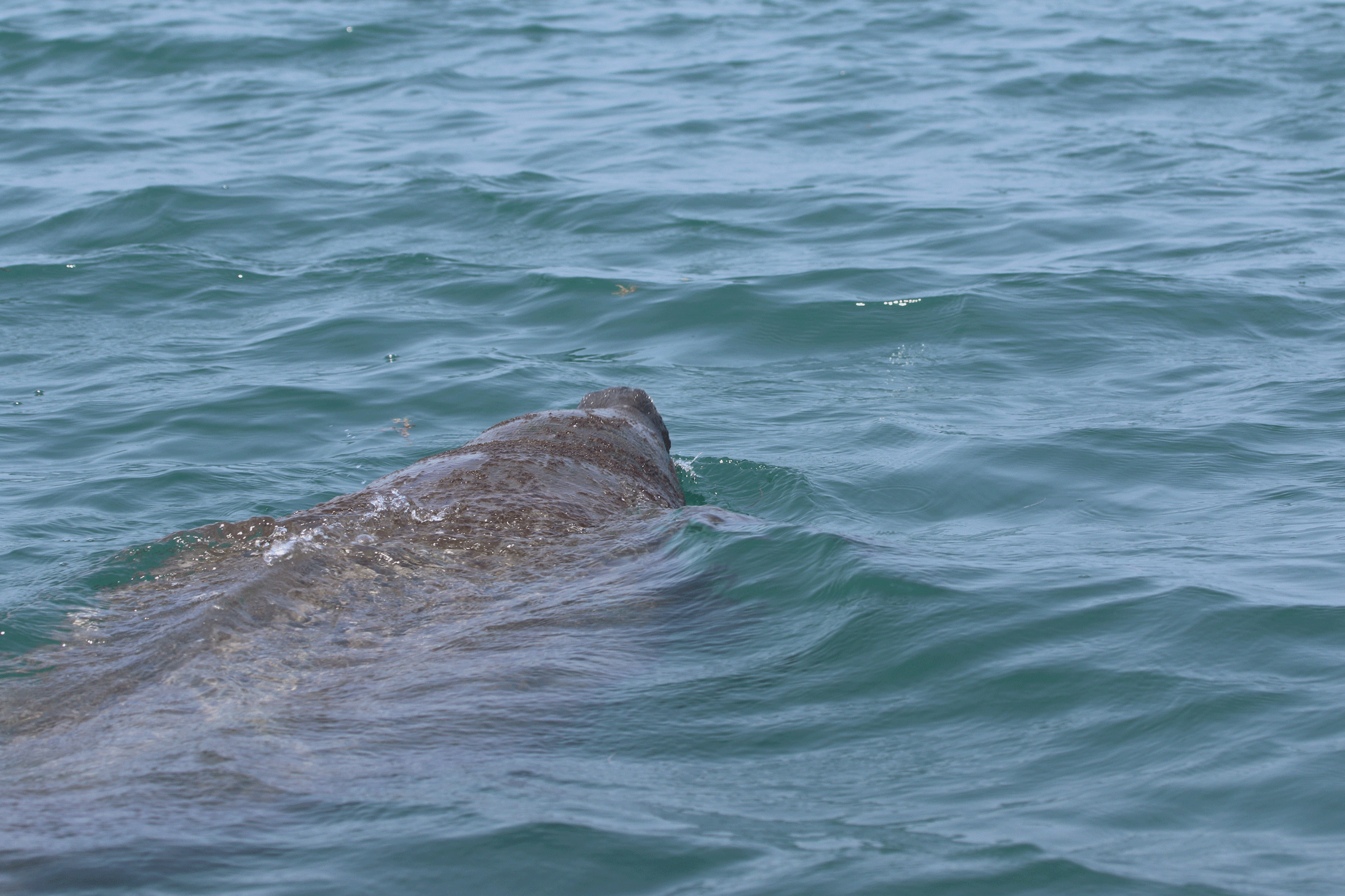
During the early years of conducting biodiversity and crocodile surveys of the lagoon, CRC would encounter manatees. Given crocs and manatee are facing the same threats in the Placencia Lagoon (loss of habitat, boat strikes, pollution and to extent poaching), CRC decided to collaborate with in-country manatee researchers, collecting data and furthering research efforts of observing the shy species via drone technology. In February 2019, CRC launched a pre-liminary study with our drone Red Leader to investigate the distributions of the Antillean Manatee and American crocodiles of the Placencia Lagoon.
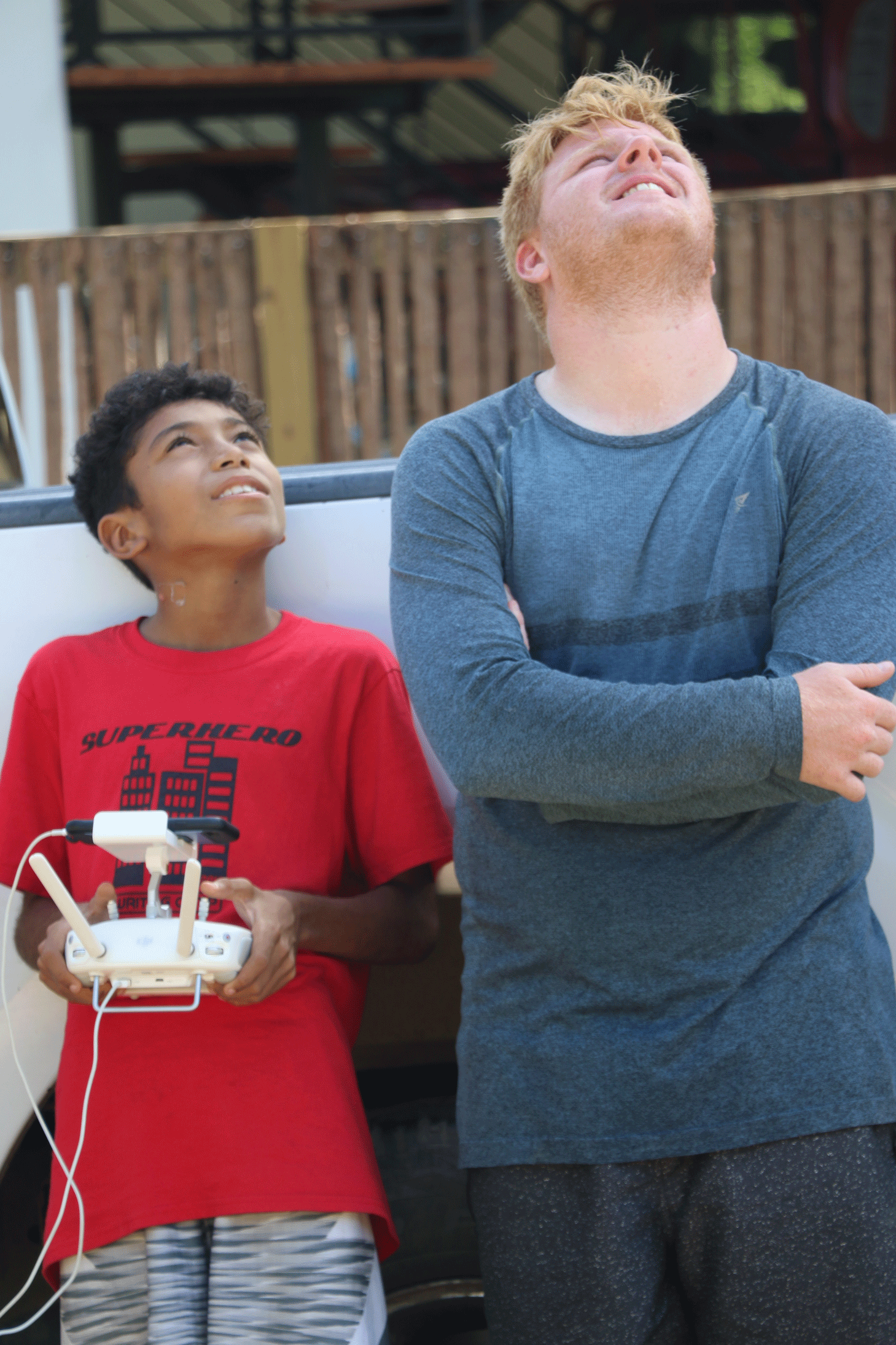
Due to Covid-19 restrictions and regulations in Belize, the CRC has been limited in collecting data in 2020. Despite this challenge, and our drone project overall still in its infancy, we have gathered some interesting data thus far:
- Manatees remain on surface for longer periods of time in the northern part of the Placencia Lagoon (less boat and people traffic in this area)
- Where you find manatee, you find crocodiles and vice versa. Crocs and manatee seem to share resting space, both preferring shallow areas (created) by mangroves. We actually even saw an 8ft crocodile resting next to a 9ft manatee before!
- There is no antagonistic interaction between manatee and crocs
- Preferred manatee “calving” spots are also juvenile croc hot spots!
- Manatees disperse more around the lagoon than crocs; individual crocs are more territorial and remain in a particular area.
- Kids are better at drone analysis, likely because of their young eyes. Assisting in this project are local students ranging from age 11-14 from our youth wildlife program, Next Gen Croc. These students have learned how to prepare and fly Red Leader, as well as analyze and manage data input.
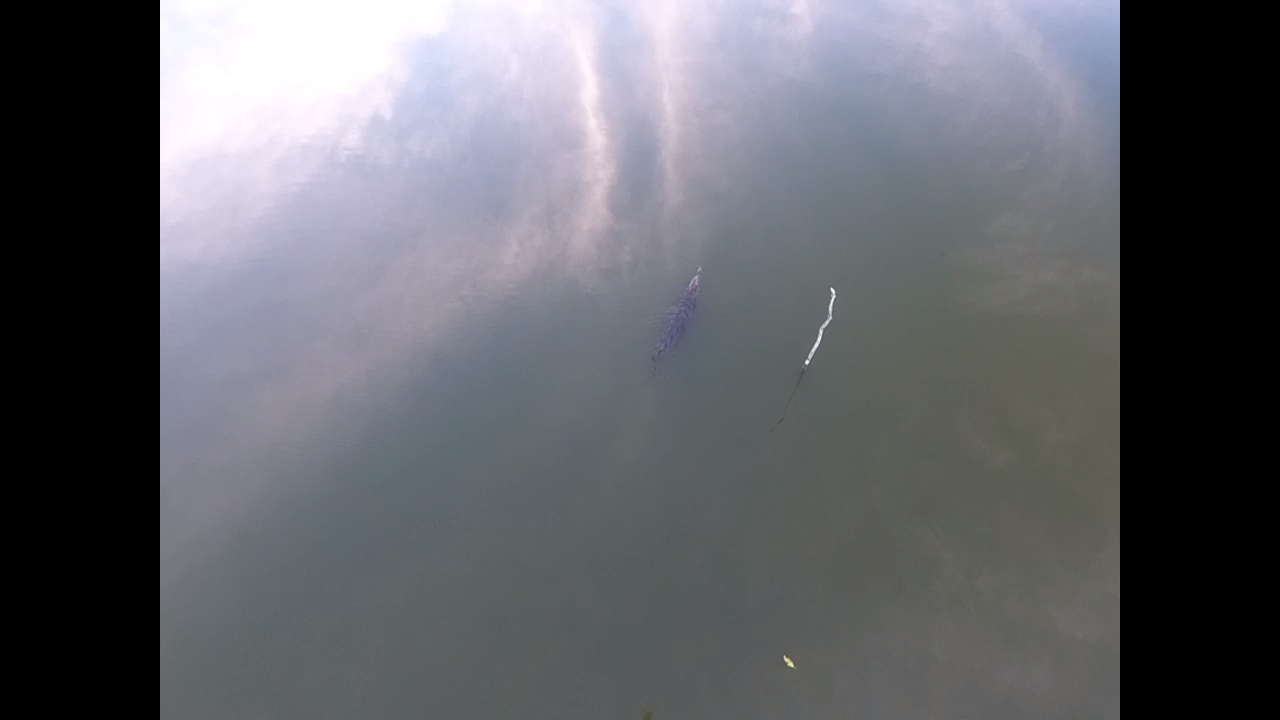
Placencia Lagoon is rich in biodiversity, however its beauty is attracting rapid development, which is having a negative impact on wildlife. Our proposed work will obtain a basic census of the croc and manatee population, as well as further understand the ecology, behavior, and dispersal of these species around the lagoon, identifying key habitat areas for both species. This information can also help guide us in creating an appropriate education program for tour guides and operators, developers, as well as local communities. Most importantly, we can work with local and national government to utilize the collected scientific data to move forward in implementing the Placencia Lagoon as a Wildlife Sanctuary that could slow down development and ensure laws and enforcement to protect the critically endangered gentle giants and apex predators of the Placencia Lagoon.
This project was fully initiated by the funding from the New England Aquarium’s Marine Conservation Action Fund.

